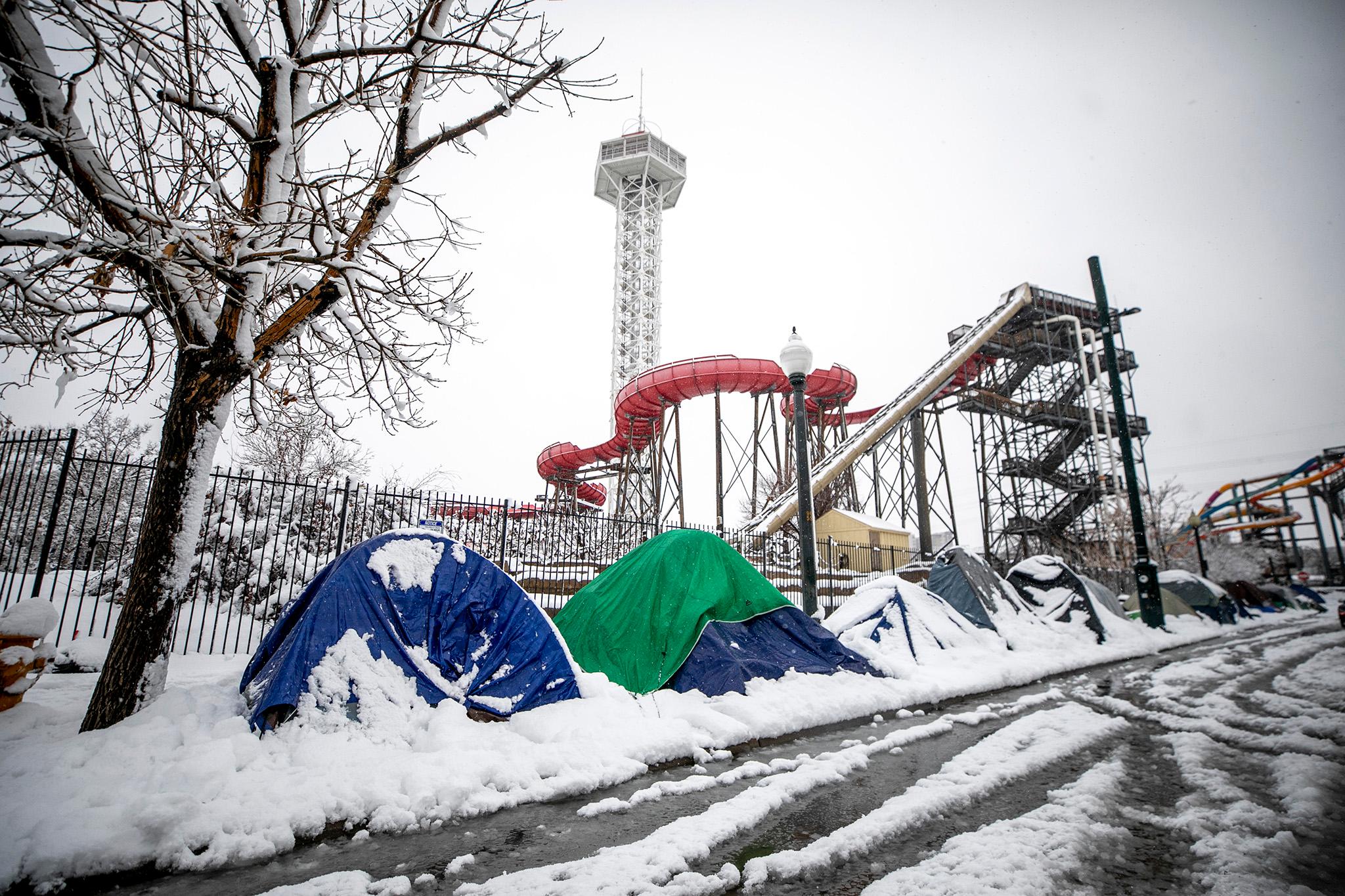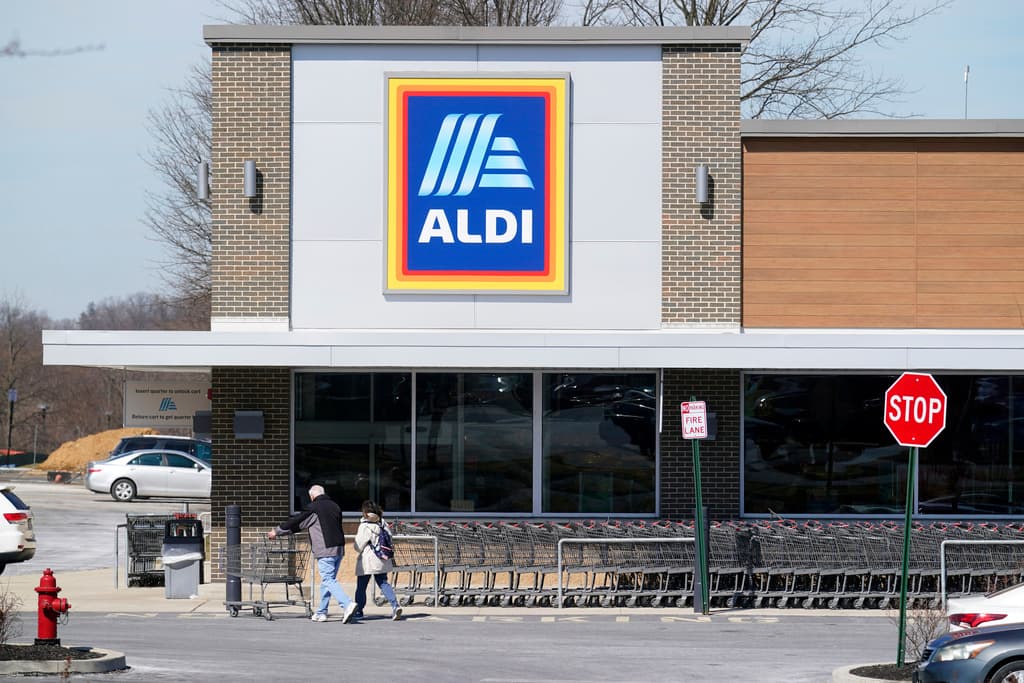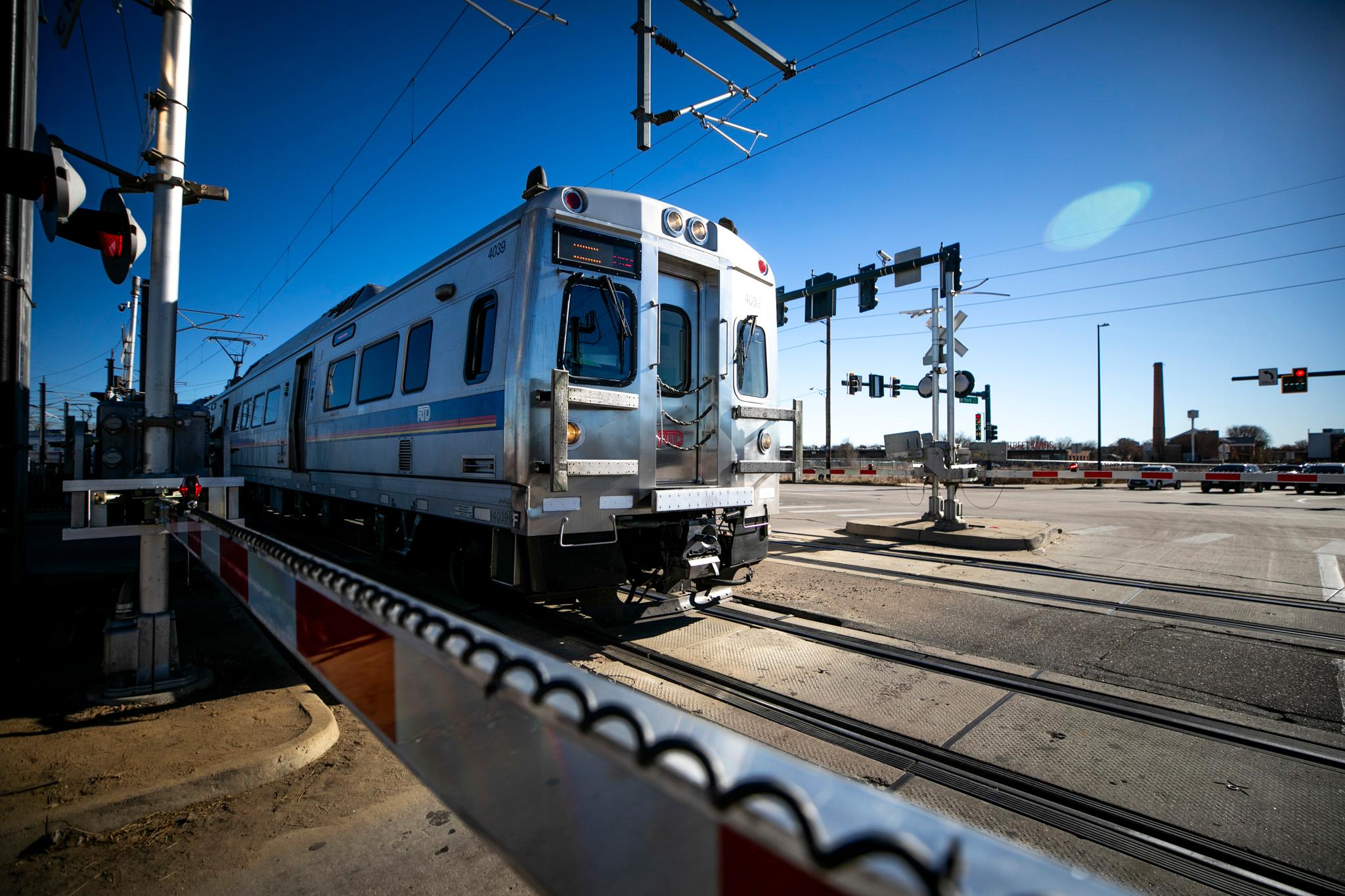Denver Mayor Mike Johnston announced the city will be closing the last remaining city shelters for new immigrants at the end of September. The city will convert the two short-term immigrant shelters into cold-weather shelters for people experiencing homelessness.
Cold-weather shelters open only on particularly cold days and nights. But these new ones will open more often and for longer periods than the city's current cold-weather shelters.
Immigrant arrivals to Denver have dropped dramatically in recent months. The change marks an effort to instead focus city resources on general homelessness.
Prior to this move, cold-weather overnight shelters only opened when temperatures were projected to hit 20 degrees. With this change, they'll open when it's 25 degrees. And instead of staying open for only 12-hour stints, the new cold-weather shelters will stay open for 24 hours.
The city estimates it will be saving $3 million by closing the new-immigrant shelters and ending its program to bus new immigrants to other cities.
Jon Ewing, a spokesperson for the mayor’s office, estimates the cold-weather shelters could be activated 80 times next year. They will be staffed by Bayaud Enterprises, a nonprofit who has a contract with the Department of Housing Stability.
Johnston proposed spending $1.2 million on cold-weather shelters next year.
Denver City Council members have been asking for more cold-weather shelter.
Last year, some council members pushed for 24-hour cold-weather shelters to open, and for an end to sweeps when the temperature drops below freezing.
Johnston vetoed the ban on cold-weather sweeps, and council upheld his decision.
At-Large City Councilmember Sarah Parady, a sponsor of that bill who had pushed for the city to reexamine how it handles homelessness during cold weather, views the Johnston administration’s decision as a victory.
“Bringing people inside saves lives, and this plan removes known barriers to shelter access and will double the hours of availability of cold weather emergency shelter this winter,” Parady said in a statement. “I'm grateful to have worked alongside advocates, Council colleagues, city agencies, and Mayor Johnston to make this expansion happen.”
Other council members weighed in on the mayor’s decision.
“It is simply wrong to leave people to fend for themselves in Colorado’s winter cold, when other more humane options are available,” said District 6 Councilman Paul Kashmann, in a statement. “This new policy promises to reduce the number of folks who lose fingers and toes, if not their lives, when temperatures plummet.”
Is 25 degrees the right threshold for cold-weather shelters?
Last year, University of Colorado researcher Dr. Joshua Barocas told council members the city’s 20-degree threshold for opening shelters was not based in scientific evidence. Frostbite can set in at much higher temperatures.
At the time, he pointed to cities like New York that open cold-weather shelters when temperatures are as high as 32 degrees.
And even that, he said, does not guarantee people’s safety.
Hypothermia can set in during wet conditions at temperatures as high as 40 degrees, he said.
Meanwhile, here’s why the demand for shelter for new immigrants has dropped — for now.
The Biden administration passed an executive order drastically reducing the number of new immigrants who could enter the United States back in June. Denver has not received a single busload of new immigrants since June 10.
August saw fewer than 160 newcomers arrive in August. While the city has two shelters available for new immigrants, only one is in operation and has anywhere from zero to eight people on any given night.
Both facilities will be turned into emergency shelters.
The city also shifted its approach to new arrivals by shutting down hotels where families were staying for the long term. They moved toward a more “sustainable” approach: short-term shelters , legal support and workforce training. Now, those shelters are closing, but the other elements will remain.
What happens if large numbers of new immigrants arrive again?
While Ewing said it’s unlikely the city will start receiving buses from Texas anytime soon, the city has a response plan.
Catholic Charities will continue to offer bridge shelter for newcomer families. The contract between the city and the nonprofit ends in December.
Denver is keeping its Asylum Seeker Program that offers workforce training, legal aid and food to roughly 850 individuals.
Denver has helped more than 40,000 new immigrants over the past two years.
“Border crossings are where they were in, say, 2021, before this response began,” Ewing said. “And the number of people arriving in Denver is really no different than the number of people arriving in St Louis, Missouri, or Nashville, Tennessee, or anywhere really, right now. It's just relatively low.”
Update: This story has been updated with the project's budget.










